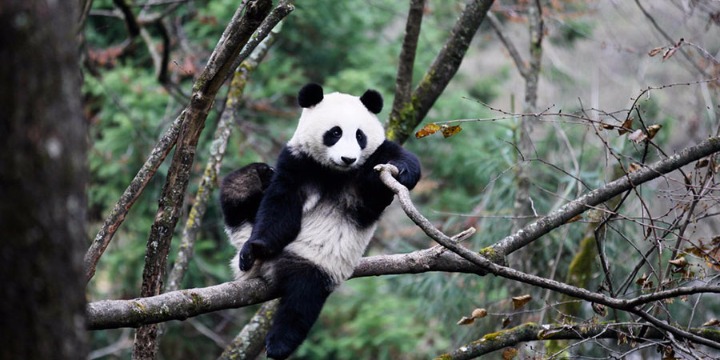China's textile industry turns to biomass fibre
JINAN — Textile companies have long been dependent on crude oil when making common synthetic materials such as nylon or polyester but that could soon change, with companies turning to biomass fibers.
Hismer Bio-Tech, based in Ningyang county, Tai'an city in East China's Shandong province, is making biomass fiber from a very unusual source: shrimp and crab shells.
In the backyard of the company's workshop, piles of shrimp and crab shells permeate the air with their strong odor. But after going through the company's processing machine, the shells are turned from food waste to chitosan fiber, basically indistinguishable from other synthetic fibers.
"The biomass fiber can wean textile companies' off their reliance on crude oil," said Hu Guangmin, Hismer's chair.
Hu said Hismer collects 10,000 metric tons of the shell waste from seafood processing companies in China's ports of Qingdao, Yantai, Dalian and Ningbo a year for the production of some 6,000 tons of biomass fiber. It has become the world's largest marine renewable producer.
The fibre is then used by a variety of garment producers. When fashion lovers buy a stylish anti-bacterial underwear from lingerie producer Embry Form, they could hardly link it to shrimp and crab shells.
The fabric is not only used for making socks, underwear, bedding but also medical products such as masks and sanitary pads as well as special cloth used in aerospace planes, Hu said.
He said innovation has saved the textile company from going bankrupt. The factory had trouble in business due to rising cost at home and stagnant export market. Hu said the company of 800 employees had to lay off some 200 people when the business was bad.
Five years ago, the textile producer placed its bet on developing the production technology and equipment for making the biomass material.
Hu said Hismer has set up production cooperation with 70 companies including Toyota and German firms of Freudenberg and Medovent for developing fabric products for medical use. It also makes product development in partnership with Taiwan-based tech firm BenQ and Hong Kong-based lingerie producer Embry Form.
Hu said in the past, there were 500 workers in its yarn spinning workshop. However, the current production only requires 75 workers, as most processing is done by automated equipment.
The company has developed materials used in China's "Shenzhou" manned spacecraft and "Tiangong" space lab, as they are mildew-proof and resistant to fire, static electricity and odor.
Hismer is not the only company introducing innovation to China's textile industry. BMSG, a bio seaweed substance processing firm, has been turning seaweed into biomass fibers for cloth that can be safely used for surgical dressings.
"A ton of seaweed can be bought for just 8,000 yuan ($1,207). However, after turning into fabric sodium alginate, it is 80,000 yuan per ton. If further processed into surgical dressing, it is worth 2.4 million yuan," said Xu Yuqiang, secretary of the board of the BMSG, based in Qingdao, Shandong province.
Jiang Shicheng, a member of Chinese Academy of Engineering, said that the development of biomass textile materials is still at an initial stage, but it is the future of textiles. Only when a new material industrial cluster has taken shape, can it bring vitality to the overall industry, Jiang added.
Sun Ruizhe, director of the China National Textile and Apparel Council, was also positive about the future of biomass materials, saying that green textile products have become the new trend in the textile industry. Textile producers should develop environmentally friendly textile materials and make the whole production process pollution free, he said .









